There can be your advertisement
300x150
How to Decorate an Interior in Scandinavian Style
Residents of Scandinavia, Iceland, and their neighbors the Finns have always decorated their homes in a distinctive and authentic way, without looking to Central Europe. At one point, they themselves became the pioneers of interior design trends. This is quite logical: Scandinavian interiors skillfully blend principles of minimalism, elements of Gustavian style, cozy Nordic decor, and functional furniture from the mid-century modern era. We would have known it quite differently if not for Swedish and Danish designers.
Northern Europe declared itself in 1951 at the London exhibition "Scandinavian Design for Life" (the term itself was coined then). A renewed interest in Scandinavian style emerged thanks to "The Little Book of Hugge. The Secret of Danish Happiness" by Mike Vikinger, which was published last year.
Like any other style, Scandinavian style has its own rules and characteristics. Learn more about them in this post.
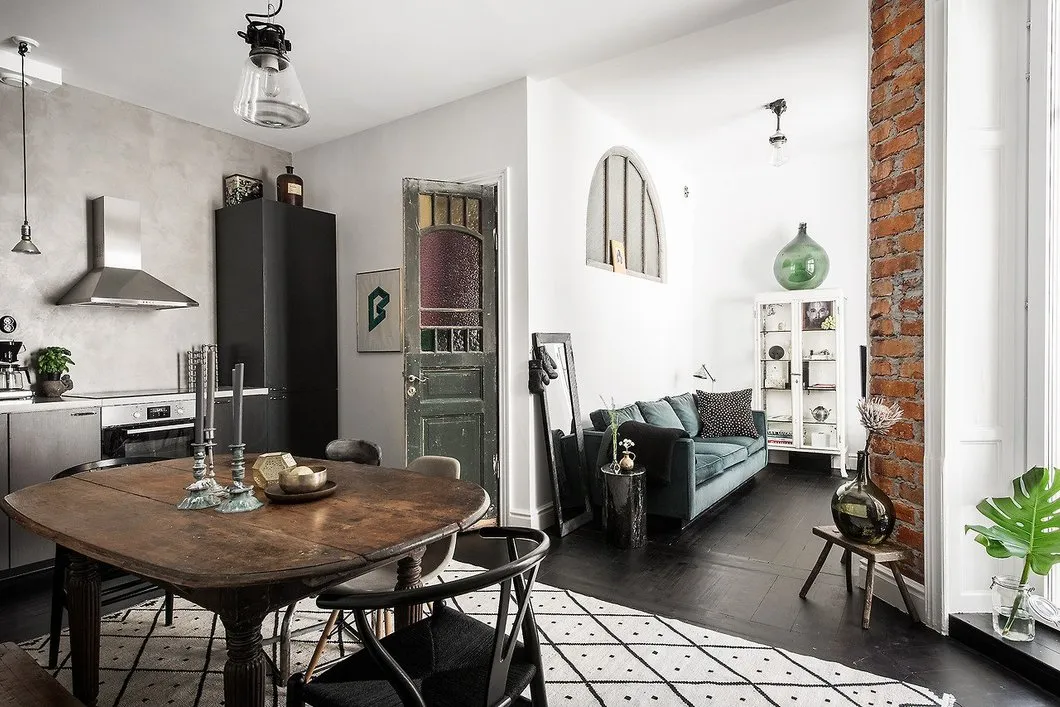 DNA of the Style
DNA of the StyleMain Features: simplicity, accessibility, functionality, minimalism, cool colors.
Where and when it originated: in the 1920s-50s of the 20th century.
Notable names: Alvar Aalto, Hans Wegner, Marta Moss Feitersheim, Stig Lindberg.
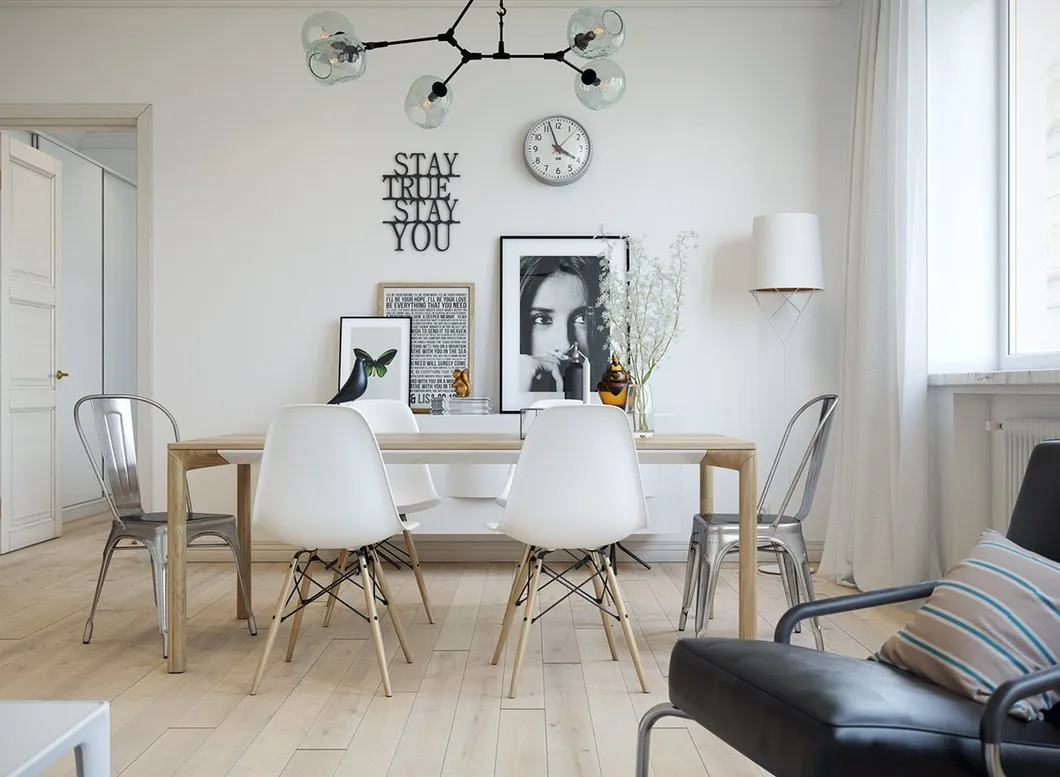 5 Rules for Decorating an Interior in Scandinavian Style1. Basics of Layout: the smaller the space, the less furniture and decor
5 Rules for Decorating an Interior in Scandinavian Style1. Basics of Layout: the smaller the space, the less furniture and decorA calm background and minimalist forms of furniture and decor in this style generally do not require large rooms or special layout solutions. In a typical Stalin-era apartment with high ceilings, it is quite realistic to create the atmosphere of a Swedish flat.
When filling an interior with furniture, textiles, and accessories, keep in mind that a minimalist-oriented Scandinavian style still does not tolerate clutter; therefore, the smaller the space of the apartment or house, the simpler the setting should be and the less furniture it should contain.
 2. Use matte textures in finishing, wooden floors or parquet in wood grain
2. Use matte textures in finishing, wooden floors or parquet in wood grainPainting walls or covering them with wallpaper is acceptable in a Scandinavian interior if the paint is matte and the wallpapers are solid-toned, textured, or feature a fine non-active plant pattern or print. White walls, traditional for northern interiors, in our latitudes may acquire a muddy tone. Therefore, designers recommend replacing it with light gray like Rasch Textil Tintura or giving a slight olive tone.
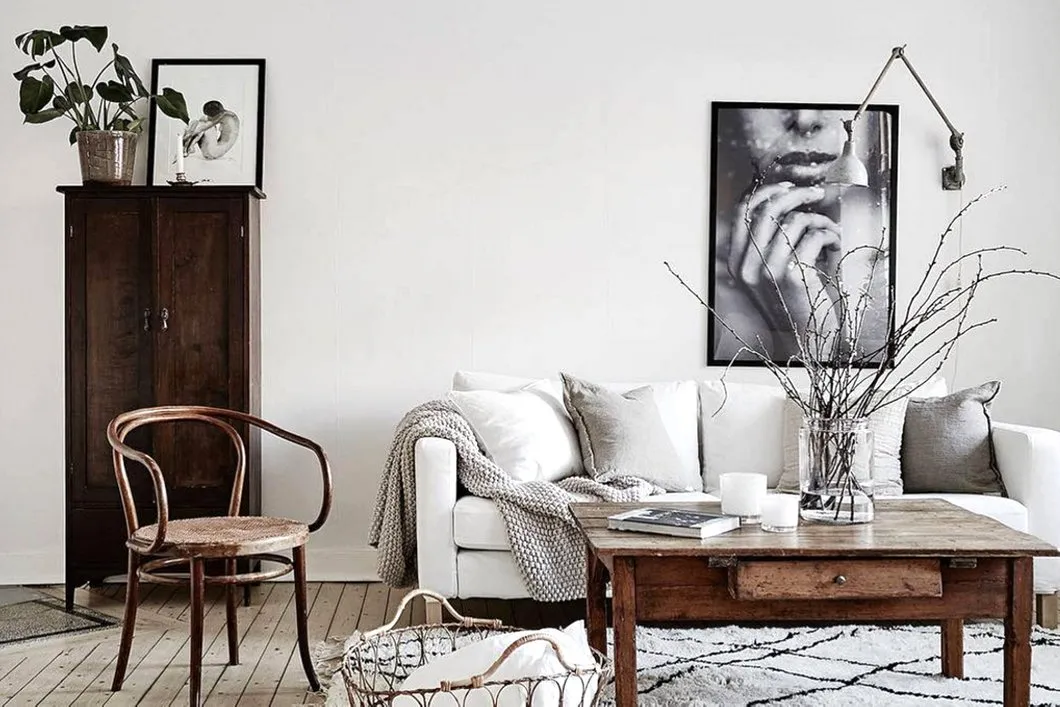
In spatial zoning, Scandinavians traditionally use tiles or ceramic for particularly notable zones like the kitchen and hallway. The rest of the space is usually made with light wood planks (pine, beech, or ash) or structured parquet. The floor is almost never without a carpet – Scandinavians owe their use of carpets to the cold climate. A Scandinavian-style carpet is usually textured, decorated with geometric prints or sometimes in patchwork technique. Variations of this theme can be seen in the Whitefield wool carpet.
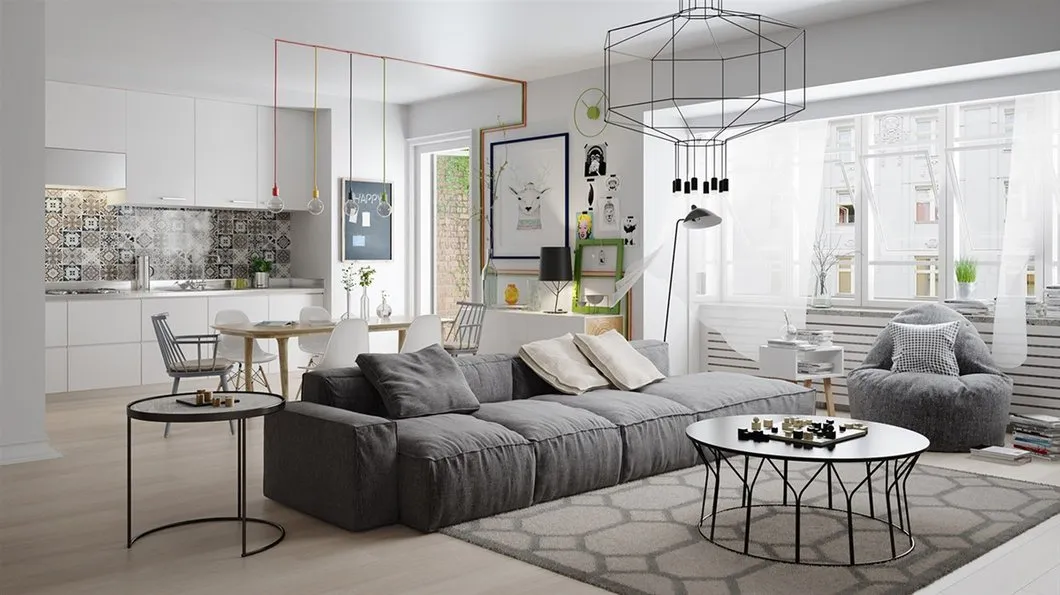 3. Furniture in mid-century modern style, iconic pieces by Scandinavian designers
3. Furniture in mid-century modern style, iconic pieces by Scandinavian designersUniversal, ergonomic, and comfortable – these are the main features of furniture in Scandinavian style. The upholstery uses linen, cotton, and any fabrics with a pronounced texture, like the "Rocket" sofa. Stools and tables are made from inexpensive wood, plywood, or plastic. Furniture in mid-century modern style is an indispensable part of Scandinavian interiors.
Blue color of this chair does not seem cold due to the textured soft upholstery. A trendy lamp designed by Tom Dixon fits perfectly into the Scandinavian design: it may seem ordinary, but it is hard to forget. The designer of this chair, CH24, is Hans Wegner – a legendary designer of the mid-century modern era. Today, this is classic furniture and a staple in Scandinavian apartments. A lightweight plastic lamp can add lightness to a Scandinavian setting just as well as white color. You have surely seen sofas similar to this one in cozy English homes and Swedish interiors "from the cover." This is a must-have for everyone who loves stylish and multifunctional interior items. The Thonet №14 or Viennese chair is so beloved by Scandinavian decorators that it is rare for a Swedish interior to be without it. A sand-colored viscose carpet will beautifully complement wooden or parquet floors, and a large weave will add warmth. No follower of Scandinavian design can resist the graphic and elegant sofa on high legs.
Scandinavian homes often feature fireplaces or stoves of various types and forms, very often tall ones clad in white tiles, sometimes with tiles or bricks in earlier models. Therefore, a decorative fireplace portal would fit well into this style.
And the essential touch of any northern interior – a feeling of warmth. You can achieve it using accessories like large glass vases, figurines, original coat hangers, or flowers in knitted baskets.
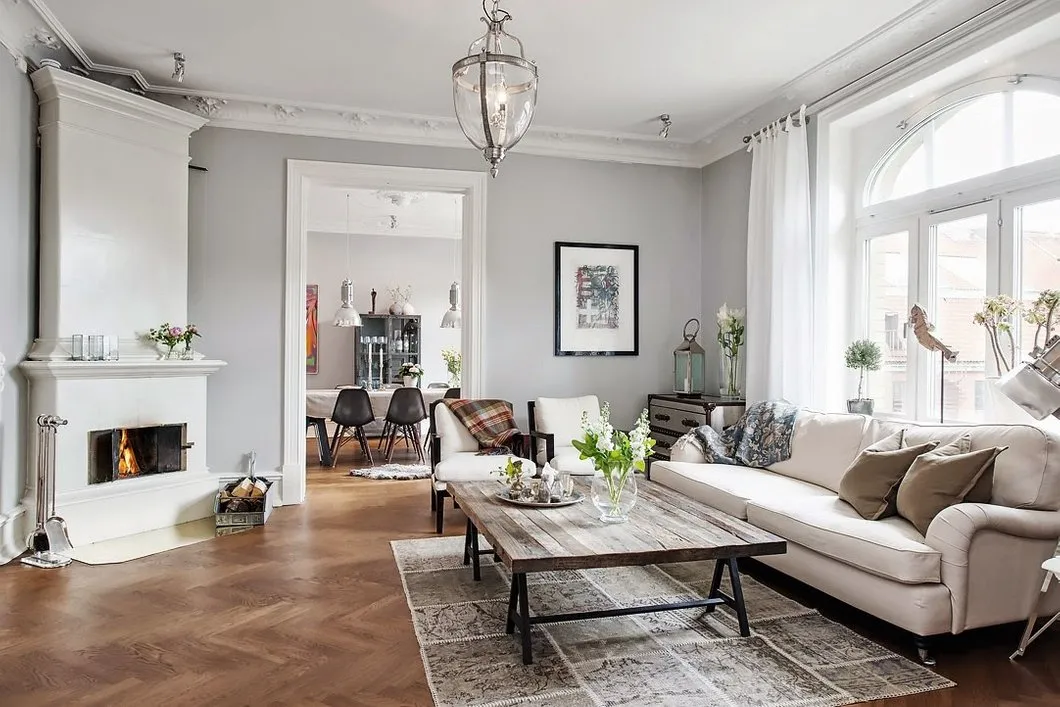 4. Cool color palette, Nordic patterns
4. Cool color palette, Nordic patternsThe color palette of Scandinavian style is not limited to white and wood tones. Carefully add graphite, dark blue, emerald green, and cherry shades to the interior palette. Generally speaking, Scandinavian style is about cool colors, and even originally warm ones – brown, sand, red – are usually rendered in the coldest shades.
For Northerners, especially Finns, there is quite an interesting and fresh perspective on color and pattern, so when choosing Scandinavian style as a base, definitely draw inspiration from patterns by Stig Lindberg, Marta Moss Feitersheim, Petra Bjerre, Emma von Bremse, textiles and ceramics by Marimekko and Kauniste.
 Marimekko
MarimekkoIt is possible to brighten up the interior using fluffy decorative pillows, pillows with vibrant thematic patterns or interesting prints. Include tableware with nature or water motifs: such can be seen in the "Waves" or "Leaf Fall" dishes.
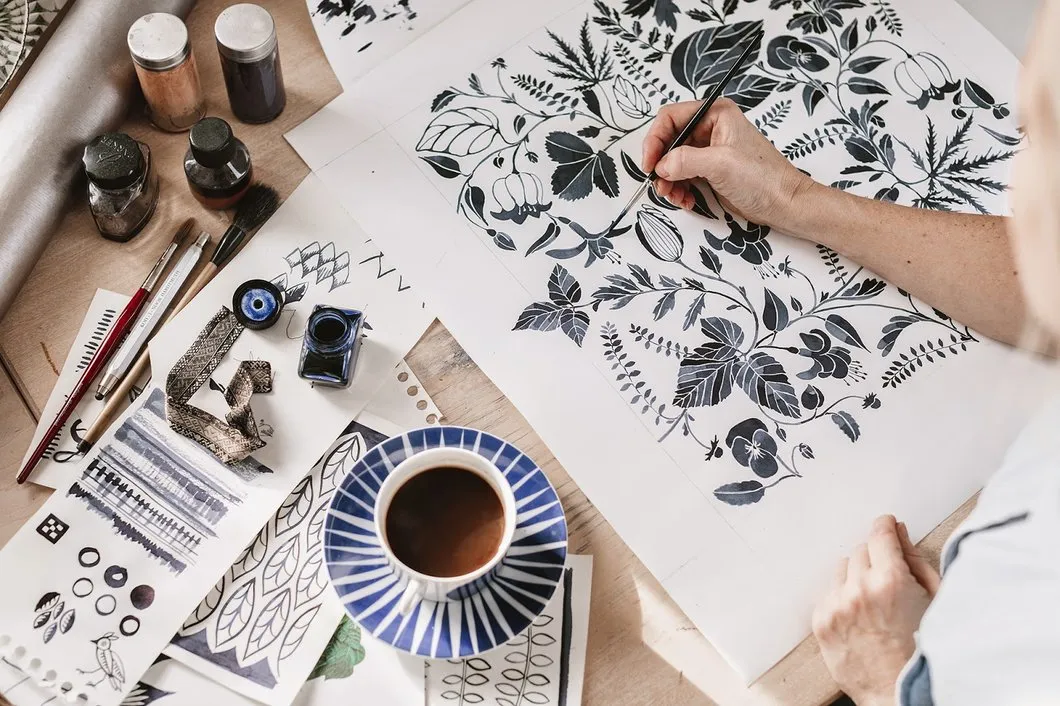 Design sketches by textile designer Emma von Bremse.5. Varied lighting design, local lighting
Design sketches by textile designer Emma von Bremse.5. Varied lighting design, local lightingOrganize lighting in a multi-level way and pay more attention to local light: floor lamps, wall sconces, table lamps. Candles in Danish and Swedish interiors are not mere decoration but full-fledged lighting fixtures. Candle holders in the form of inverted cups are an excellent idea, aren't they?
The choice of ceiling lights depends on the interior's fill. If the setting is neutral and close to modern style, turn to mid-century modern aesthetics. In this case, a pendant light like Oligo Ecolino II White would be appropriate. For minimalist interiors, choose large sleek shades like those from Rotaliana Officina H1 white or bare bulbs on long "strands," similar to those used in lofts. A classic chandelier with elements of metalwork decorated with crystal will harmoniously fit into a living room leaning toward Scandinavian neoclassicism.
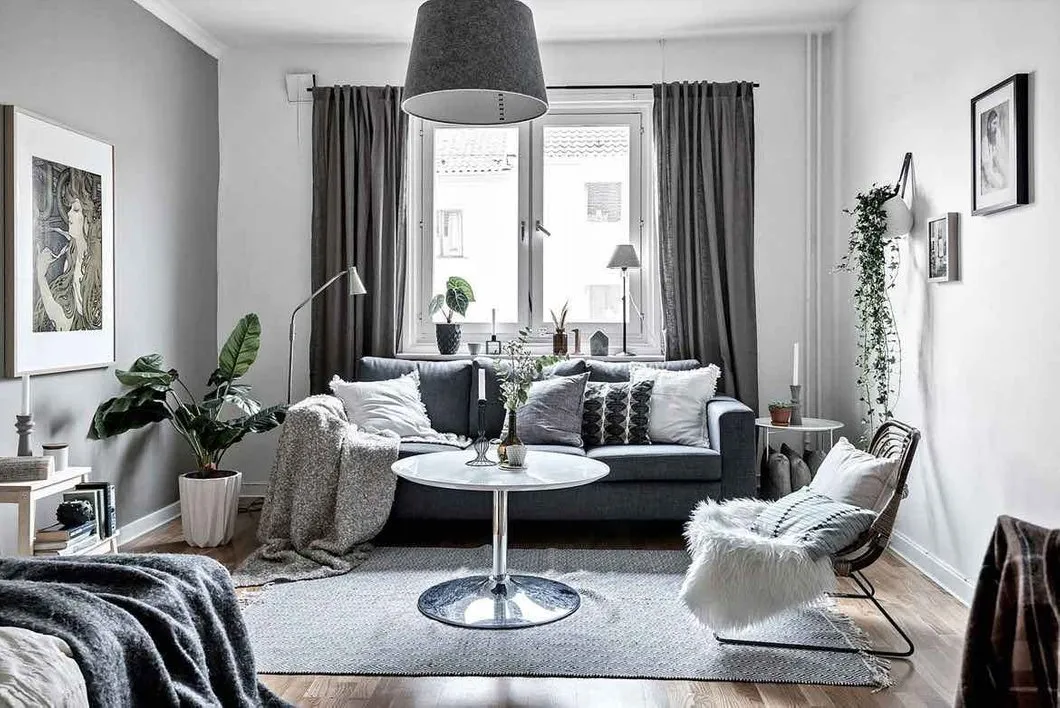
More articles:
 Jenia Zhданova Design Rules
Jenia Zhданova Design Rules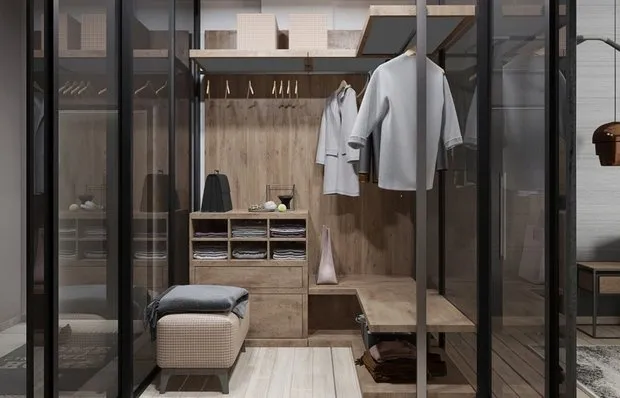 4 Rules for Decorating a Hallway Closet
4 Rules for Decorating a Hallway Closet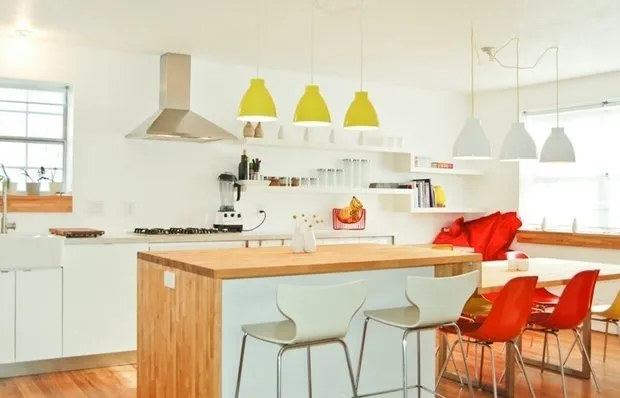 What You Need to Know About Interior Lighting: Tips from IKEA Designer
What You Need to Know About Interior Lighting: Tips from IKEA Designer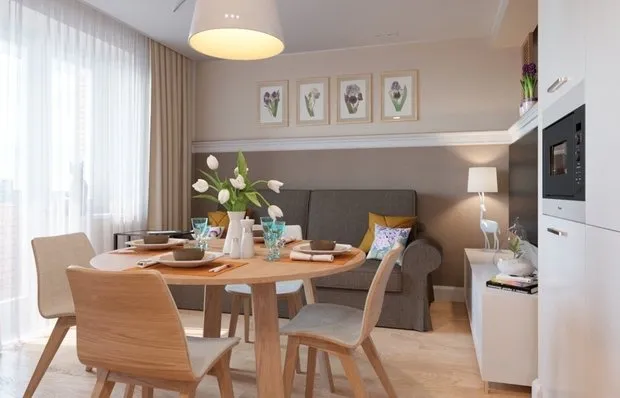 Small Kitchen, 6 Square Meters: 3 Layout Options
Small Kitchen, 6 Square Meters: 3 Layout Options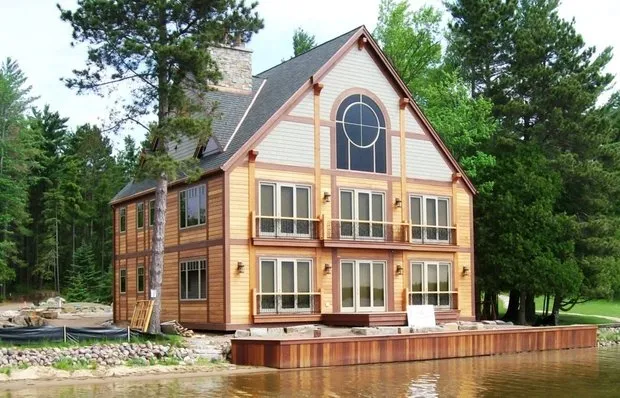 8 Myths About Frame Houses
8 Myths About Frame Houses How to Insulate a Country House: 4 Tips from a Professional
How to Insulate a Country House: 4 Tips from a Professional Telling You in 5 Minutes: How to Store Things Properly
Telling You in 5 Minutes: How to Store Things Properly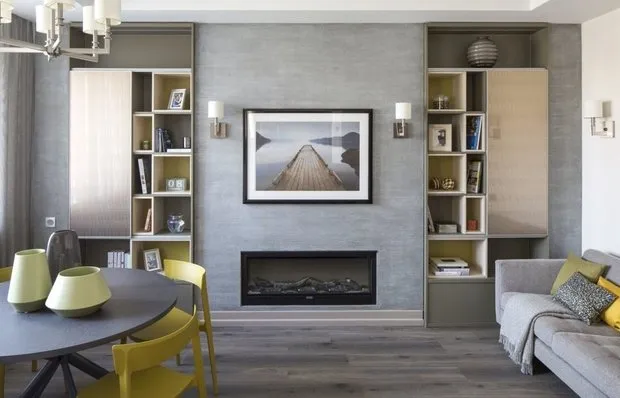 Guide: 10 Posts That Became Hits in June
Guide: 10 Posts That Became Hits in June